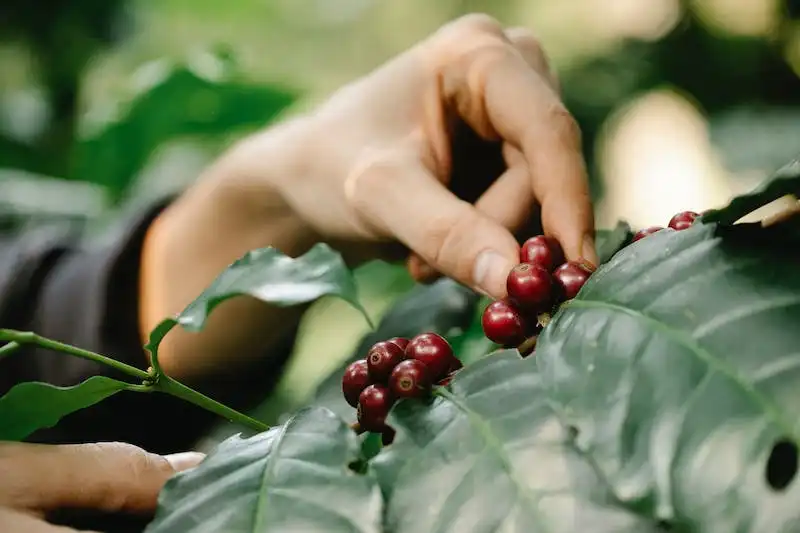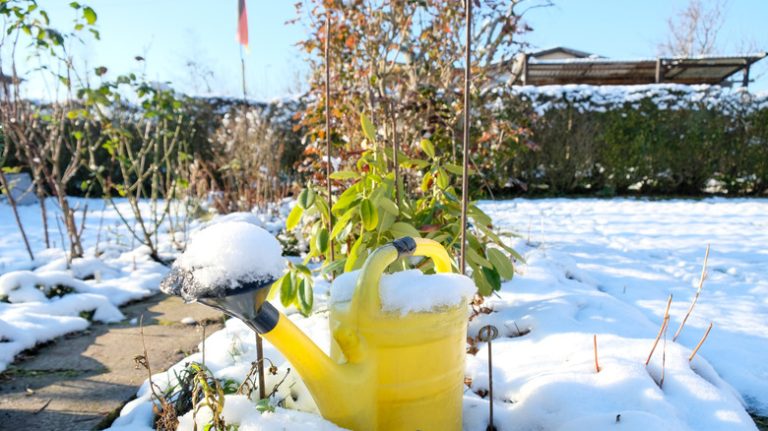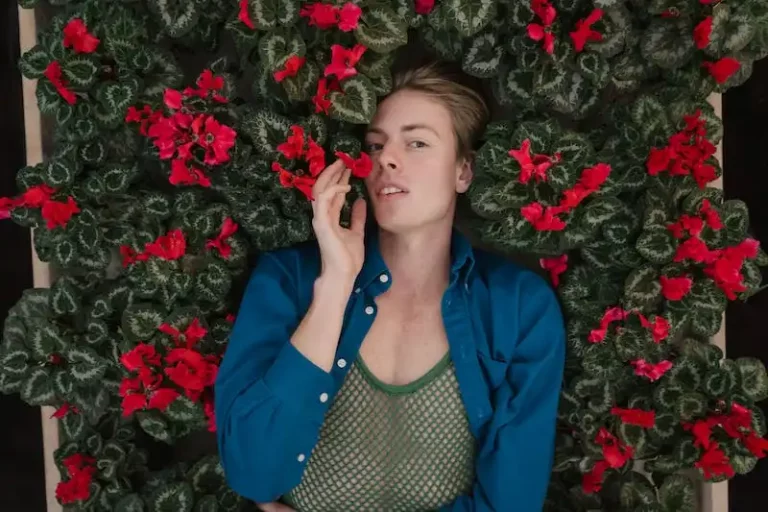Thomas Jefferson, the third President of the United States, was also an avid gardener and horticulturist. One of his most famous gardening endeavors was his beloved Monticello, a stunning plantation in Virginia. Although Monticello is known for its beautiful house and architectural features, the gardens surrounding it hold a special place in the hearts of gardeners and visitors alike. One particular plant that catches the eye when visiting Monticello is the Johnny-jump-up, or viola tricolor. These small, delicate flowers want nothing more than sunlight and a well-tended garden to thrive.
Monticello’s gardeners would often start their Johnny-jump-up plants indoors, as the seeds are best sown in late winter or early spring. Once the seedlings are a few inches tall, they can be transplanted outside in the garden. These plants are particularly popular for their ability to tolerate a variety of soils and climates. They can be grown directly from seed or purchased as seedlings from planters and nurseries.
Planting Johnny-jump-ups in areas with partial shade is ideal, as they don’t require full sun to flourish. These plants have a large family of other perennials and annuals that they are related to, such as pansies and wintergreen. Gardeners should also take note of their thin foliage, which makes them prone to fungal diseases if planted too closely together. Pruning and working the soil around the plants is recommended to prevent moisture build-up and keep the plants healthy.
Perhaps the most interesting aspect of Johnny-jump-ups is their winter hardiness. These plants can survive temperatures as low as 10°F, making them an excellent choice for areas with colder winters. Despite their delicate appearance, they are surprisingly resilient and can withstand heavy snowfall. Gardeners can consult gardening books or online guides for specific growing instructions based on their climate zones.
When it comes to lighting, Johnny-jump-ups are attracted to either full sun or light shade. Their vibrant purple and yellow flowers will look stunning in any garden and can add a touch of whimsy to flower beds and borders. Whether interspersed with other flowering plants or planted en masse, these playful flowers will surely catch the eye of both humans and animals alike.
In conclusion, Johnny-jump-ups are a popular choice for gardeners looking to add color and interest to their gardens. With their easy-growing nature and ability to thrive in a variety of soils and lighting conditions, these small plants can bring vibrant beauty to any garden. So, whether you’re looking to fill a shady spot or add a touch of lavender to your flowerbeds, consider planting Johnny-jump-ups and bring a bit of Monticello’s natural beauty to your own backyard.
Johnny-jump-up
The Johnny-jump-up, also known as viola tricolor or heart’s ease, is a member of the viola family. It is the only member of the family to have self-seeding plants. The best way to plant is to let the seeds guide you. The tall plants take part in the look of the garden, keeping it interesting and providing shades for slugs, animals, and other pests.
Johnny-jump-ups are easy to grow in well-drained soil. They can thrive in a variety of lighting conditions, from full sun to part shade. Although they are often sold as annuals, Johnny-jump-ups can actually be perennial in zones 4-9. They are cold tolerant and can survive the winter if planted in soil with good moisture retention.
For those interested in propagation, Johnny-jump-ups can be grown easily from seeds. They start flowering in the late afternoon and their bright and colorful flowers are a popular sight in many gardens. Although they can be heavy feeders, with good fertilizing and care, Johnny-jump-ups will reward you with a variety of blooms throughout the season.
Thomas Jefferson was known to have a fondness for Johnny-jump-ups and had them planted in his garden at Monticello. He kept a book of knowledge on gardening and often traded seeds and plants with other planters. The Johnny-jump-ups were one of his favorite flowering plants, and he even passed them along to his family and friends.
So, if you are looking for a cheerful and easy-to-care-for addition to your garden, consider planting some Johnny-jump-ups. They will bring color, interest, and beauty to your outdoor space.
Johnny-jump-ups
Johnny-jump-ups, also known as violas or wild pansies, are charming flowers that add a pop of color to any garden. These flowers are native to Europe but can be found growing in well-maintained areas across the world, including Williamsburg.
If you want to add some shade to your garden, Johnny-jump-ups are a great option. Though they can tolerate full sunlight, they prefer areas with partial shade, especially in hot summer climates. These self-seeding perennials have wide, thin leaves and can grow up to 6 inches tall.
In terms of lighting, Johnny-jump-ups prefer filtered sunlight during the hottest parts of the day. They can also handle direct sunlight in cooler climates. To ensure their growth, make sure to keep the soil moist but not waterlogged. Overwatering can lead to fungal diseases.
In terms of propagation, Johnny-jump-ups can be easily grown from seed. You can start sowing the seeds indoors in early winter and transplant the seedlings outside after the last frost. They are also available for sale in nurseries and garden centers.
In terms of care, Johnny-jump-ups are relatively low-maintenance. They can tolerate a wide range of soil types, though they prefer well-draining soils. These flowers can benefit from occasional pruning to encourage bushier growth and remove any damaged or dead parts.
Johnny-jump-ups are part of the Violaceae family and share some similarities with violets. They have small, dainty flowers that come in a variety of colors, including shades of yellow, purple, and lavender.
One common question gardeners have about Johnny-jump-ups is regarding pests. While these flowers are relatively pest-free, they can attract slugs. To protect your plants, you can use organic slug control methods or create barriers to deter them.
If you live in colder zones, Johnny-jump-ups are cold-tolerant and can survive the winter. However, it’s best to cover them with a layer of mulch to provide some protection.
For more information on Johnny-jump-ups and their care, you can refer to gardening books or consult resources from universities such as the University of Virginia.
In conclusion, Johnny-jump-ups are beautiful and easy-to-grow flowers that can add interest to your garden. Whether you plant them in flower beds or containers, they will bring a touch of charm and color to any space.
Sources:
– Williamsburg Botanical Garden FAQS
– University of Virginia: Guide to Growing Violas
– Gardening book “Wintergreen: Rambles in a Ravaged Land” by Robert Betts
– Gardening book “Violas: Their History and Cultivation” by Jack Elliott
Further Sources
For more information on planting and caring for Johnny-Jump-Ups, you can check out the following resources:
1. Monticello FAQs: The official website of Monticello, Thomas Jefferson’s plantation, provides a list of frequently asked questions related to gardening and plants found at Monticello.
2. Monticello Annual Flower Guide: The University of Virginia’s online guide to the annual flowers planted at Monticello includes detailed information on Johnny-Jump-Ups, such as their preferred growing conditions, care guidelines, and propagation methods.
3. Williamsburg Planting Calendar: The Colonial Williamsburg Foundation’s website offers a planting calendar that provides information on when to plant Johnny-Jump-Ups and other flowers in the Williamsburg area.
4. Monticello Flowering Plants Notes: A collection of Jefferson’s personal notes on the flowering plants he planted at Monticello, including information on Johnny-Jump-Ups.
5. Gardening Tips for Johnny-Jump-Ups: A comprehensive guide on growing Johnny-Jump-Ups, including information on their pests and diseases, recommended lighting conditions, and best planting practices.
6. Perennial Gardening with Johnny-Jump-Ups: A detailed article that explores the uses of Johnny-Jump-Ups as perennial plants in gardens, providing advice on how to care for them year-round, including during the winter months.
Note: Though Johnny-Jump-Ups are often referred to as pansies, they are a different type of flower and have their own specific care requirements. It is important to understand the differences between them when buying or planting the flowers.
Johnny-Jump-Up Viola Seeds
Johnny-Jump-Up viola seeds are a well-known favorite among gardeners. These seeds produce an annual plant that is commonly referred to as “Johnny-Jump-Up” or “wintergreen.” They are best suited for USDA hardiness zones 4-8.
Johnny-Jump-Up viola seeds are of great interest to many gardeners because they are easy to grow. Some gardeners even refer to them as “grandma’s flowers.” The seeds can be sown directly in the garden during late winter or early spring. If you prefer, they can also be started indoors and planted outside after the last frost. Johnny-Jump-Up violas produce a large quantity of vibrant flowers that add interest to any garden.
When it comes to caring for Johnny-Jump-Up violas, gardeners should note that these plants are relatively free of pests and diseases. However, they may be susceptible to slugs and fungal diseases. To prevent these issues, it is important to provide proper lighting, watering, and fertilizing. Johnny-Jump-Up violas do best in full sunlight or light shade and prefer well-drained soils.
If you want to ensure the health and growth of your Johnny-Jump-Up viola plant, the University of Virginia offers a comprehensive care guide. This guide provides further information on propagation, planting, and care tips. Additionally, the guide includes FAQs and useful information for gardeners interested in expanding their knowledge.
There are many sources where Johnny-Jump-Up viola seeds are available for sale. These seeds can be found online, at gardening centers, or even at specialty stores. Johnny-Jump-Up viola seeds are popular among gardeners because they benefit from cold temperatures and can withstand heavy frost.
In conclusion, Johnny-Jump-Up viola seeds are a popular and easy-to-grow annual plant. They add color and interest to any garden and can be planted either directly in the garden or started indoors. Johnny-Jump-Up violas are relatively low maintenance and provide a beautiful display of flowers. With their vibrant colors and wintergreen foliage, these violas are sure to be a favorite among gardeners.




